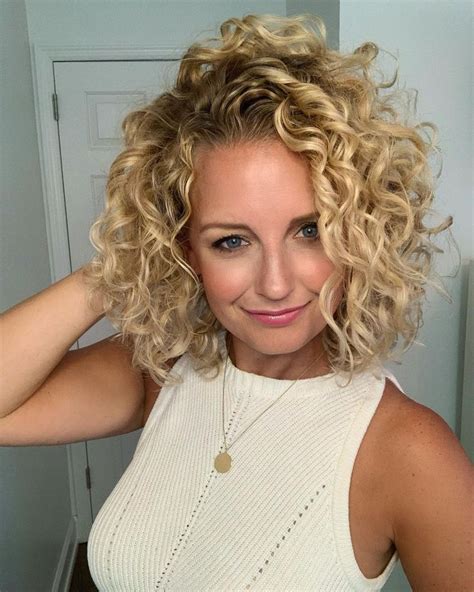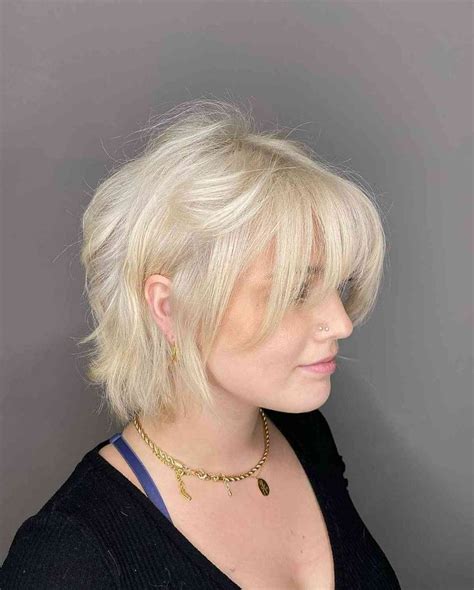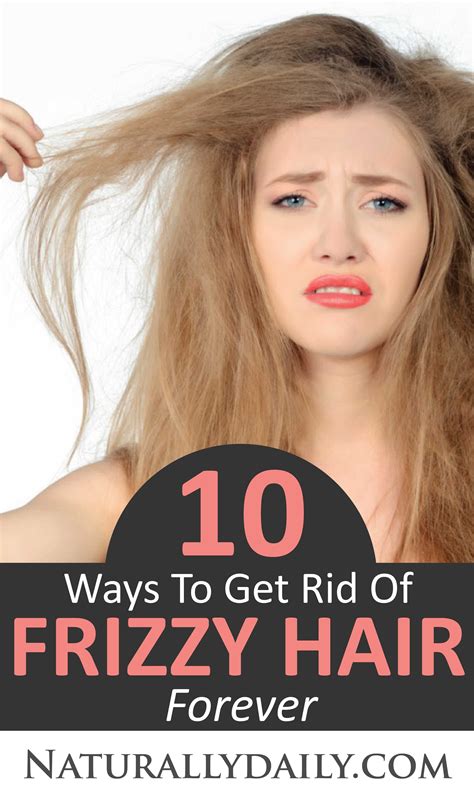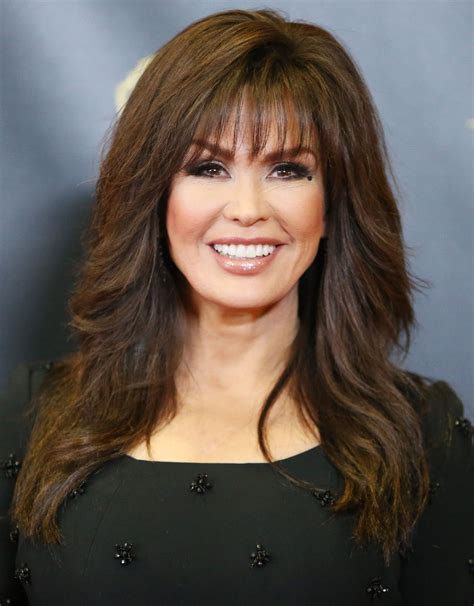Discover tips for understanding natural hair texture, choosing the right hairstyle, protective styling, accessorizing, and maintaining healthy natural hair. Expert advice for your natural hair journey!
Understanding Natural Hair Texture
Contents
Understanding the natural hair texture is essential for choosing the right hairstyles and hair care routines for African American women. Each individual has a unique hair texture, which can range from straight to coily. It’s important to embrace and appreciate the natural texture of your hair, rather than trying to alter it to fit societal norms.
When it comes to natural hair texture, it’s important to know the different hair types – type 3, 4, and 4C. Type 3 hair is usually curly and can range from loose to tight curls, while type 4 hair is coily or kinky. Type 4C hair has a tightly coiled pattern and is often mistaken for being coarse and tough, but it’s actually very delicate and requires gentle care.
It’s crucial to educate oneself about the natural hair texture in order to choose the right products and hairstyles that complement it. For example, individuals with type 3 hair might benefit from lighter products and defined curl patterns, while those with type 4 and 4C hair might require heavier products to lock in moisture and define their coils.
Understanding your natural hair texture also helps in avoiding damage caused by heat styling and chemical treatments
Choosing the Right Natural Hairstyle
Choosing the Right Natural Hairstyle
Choosing the right natural hairstyle for African American women can be a daunting task, especially with so many options available. It’s important to consider factors such as hair texture, face shape, and lifestyle when deciding on a hairstyle that works for you. It’s also essential to ensure that the chosen style complements your natural hair texture and promotes healthy hair growth.
When considering the best natural hairstyles for African American women, it’s important to consult with a professional hairstylist who specializes in working with natural hair. They can provide valuable insight and recommendations based on your hair type and personal preferences. Additionally, researching different hairstyles and gathering inspiration from social media and hair magazines can also help in making an informed decision.
Some popular natural hairstyles for African American women include afros, bantu knots, twist outs, braid outs, and protective styles such as braids and twists. These styles not only showcase the natural beauty of your hair but also promote healthy hair growth and minimize damage caused by constant styling and manipulation.
Consider your daily routine and activities when choosing a natural hairstyle. If you’re an active person who engages in regular physical activities, opt for a low-maintenance style that can withstand sweating and movement. On the other hand, if you have a more professional or formal lifestyle, consider a polished and elegant hairstyle that suits your work environment and personal style.
Ultimately, the key to choosing the right natural hairstyle is to consider your natural hair texture, lifestyle, and personal preferences. By consulting with a professional stylist and doing thorough research, you can find a style that not only looks great but also promotes the health and vitality of your natural hair.
Protective Styling for Healthy Hair
Protective styling is an essential part of maintaining healthy hair for African American women. By keeping the hair protected and secure, it minimizes the risk of damage from environmental factors, manipulation, and heat styling. Protective styles are designed to tuck away the ends of the hair, preventing them from becoming tangled or damaged. Popular protective styles include braids, twists, and updos, which can be worn for several weeks at a time.
When choosing a protective style, it’s important to consider the natural texture of your hair. Styles that are too tight or heavy can cause tension and potentially lead to breakage. It’s best to opt for styles that are gentle and do not pull on the roots of the hair. Additionally, incorporating regular deep conditioning treatments and moisturizing products into your hair care routine can help to keep the hair in top condition while wearing protective styles.
Accessorizing protective styles can also be a fun way to change up your look. From hair jewelry to scarves and headwraps, there are plenty of options to add a personal touch to your protective hairstyle. Using accessories can also help to protect the hair from friction and damage, as well as provide a stylish flair to your look.
It’s important to remember that while protective styling can help to maintain healthy hair, it is not a replacement for regular maintenance. Cleansing the scalp and hair, keeping the hair moisturized, and getting regular trims are still essential for overall hair health. By incorporating protective styles into your hair care routine and maintaining proper hair care practices, you can achieve and maintain healthy, beautiful hair that thrives.
Accessorizing Natural Hairstyles
When it comes to accessorizing natural hairstyles, there are so many options to choose from. From headbands to hair clips to scarves, the possibilities are endless. Adding accessories to your natural hairstyle can take your look to the next level and show off your personal style.
One popular option for accessorizing natural hairstyles is using headbands. Whether you opt for a simple fabric headband or a more elaborate jeweled headband, this accessory can add a pop of color and visual interest to your hairstyle.
Another way to accessorize your natural hairstyle is with hair clips. With a wide range of shapes, sizes, and designs available, hair clips are a versatile accessory that can be used to hold back sections of hair or simply add a decorative touch.
For a more bohemian look, consider adding a scarf to your natural hairstyle. Whether wrapped around your head as a headband or tied into your hair as a decorative element, a scarf can add a whimsical and romantic touch to your look.
Finally, don’t forget about the power of statement earrings or a bold necklace to complement your natural hairstyle. Choosing accessories that coordinate with your outfit and hair color can create a cohesive and polished look.
Maintaining and Caring for Natural Hair
When it comes to maintaining and caring for natural hair, it’s important to establish a regular routine that includes cleansing, conditioning, and moisturizing. Regular shampooing and conditioning are essential for keeping the scalp and hair clean and healthy. Look for sulfate-free shampoos and moisturizing conditioners to prevent stripping the hair of its natural oils.
Additionally, incorporating deep conditioning treatments into your routine can help to keep the hair hydrated and strong. This can be done once a week or every other week, depending on the hair’s needs. Using a leave-in conditioner or hair oil can also help to lock in moisture and prevent breakage.
Another important aspect of natural hair care is protecting the hair from damage. This can be achieved by using gentle hair styling techniques, avoiding excessive heat styling, and using satin or silk pillowcases and hair accessories to minimize friction and breakage. Protective hairstyles, such as twists, braids, and buns, can also help to safeguard the hair from everyday manipulation and environmental stressors.
Furthermore, regular trims are necessary for getting rid of split ends and keeping the hair healthy and free from breakage. Trimming the hair every 3-4 months can help to prevent split ends from traveling up the hair shaft and causing further damage.
In conclusion, maintaining and caring for natural hair requires a consistent routine of cleansing, conditioning, and moisturizing, as well as protecting the hair from damage and getting regular trims. By following these guidelines, you can keep your natural hair looking and feeling its best.
Frequently Asked Questions
What are some protective hairstyles for African American women?
Some protective hairstyles for African American women include braids, twists, and updos that help to protect the natural hair from environmental damage.
What are some easy natural hairstyles for African American women?
Some easy natural hairstyles for African American women include wash-and-gos, bantu knots, and twist outs that require minimal manipulation and styling.
How can I maintain the health of my natural hair?
To maintain the health of your natural hair, it’s important to keep it moisturized, protect it while sleeping, and minimize heat and chemical treatments.
Are there any natural hair products specifically for African American women?
Yes, there are many natural hair products specifically designed for African American women, such as leave-in conditioners, hair oils, and butters that cater to the unique needs of natural hair.
What are some popular styling techniques for natural hair?
Some popular styling techniques for natural hair include the LOC (liquid, oil, cream) method, the pineapple method for preserving curls, and the maximum hydration method for deeply moisturizing the hair.
Can natural hairstyles be professional for the workplace?
Yes, natural hairstyles can be professional for the workplace, with options such as sleek buns, polished updos, and defined twist outs that look neat and presentable.
How can I prevent damage and breakage in my natural hair?
To prevent damage and breakage in natural hair, it’s important to minimize tight hairstyles, trim split ends regularly, and protect the hair with silk or satin materials.













